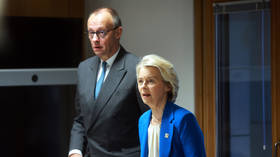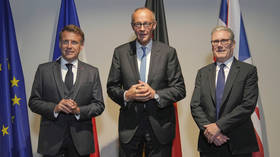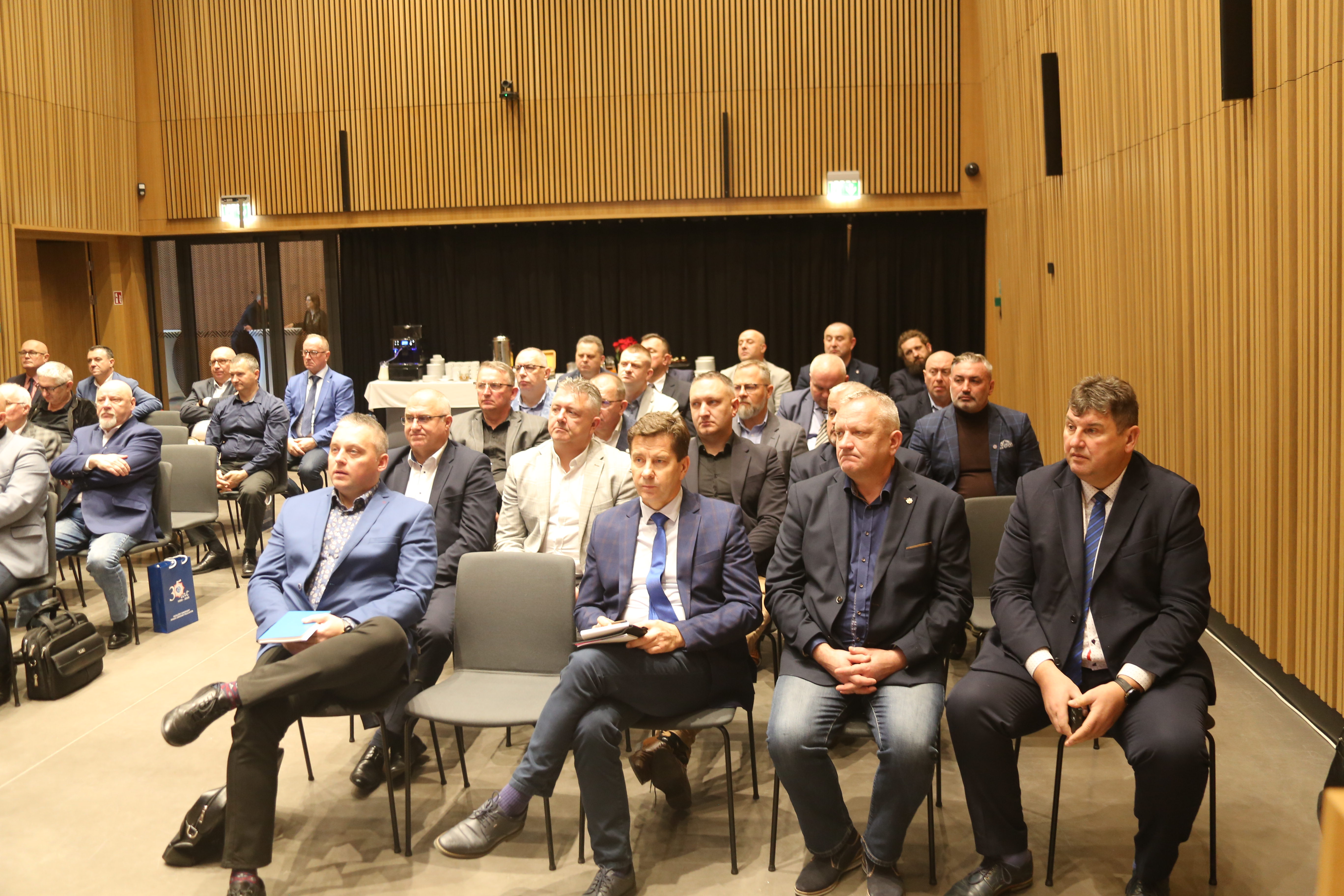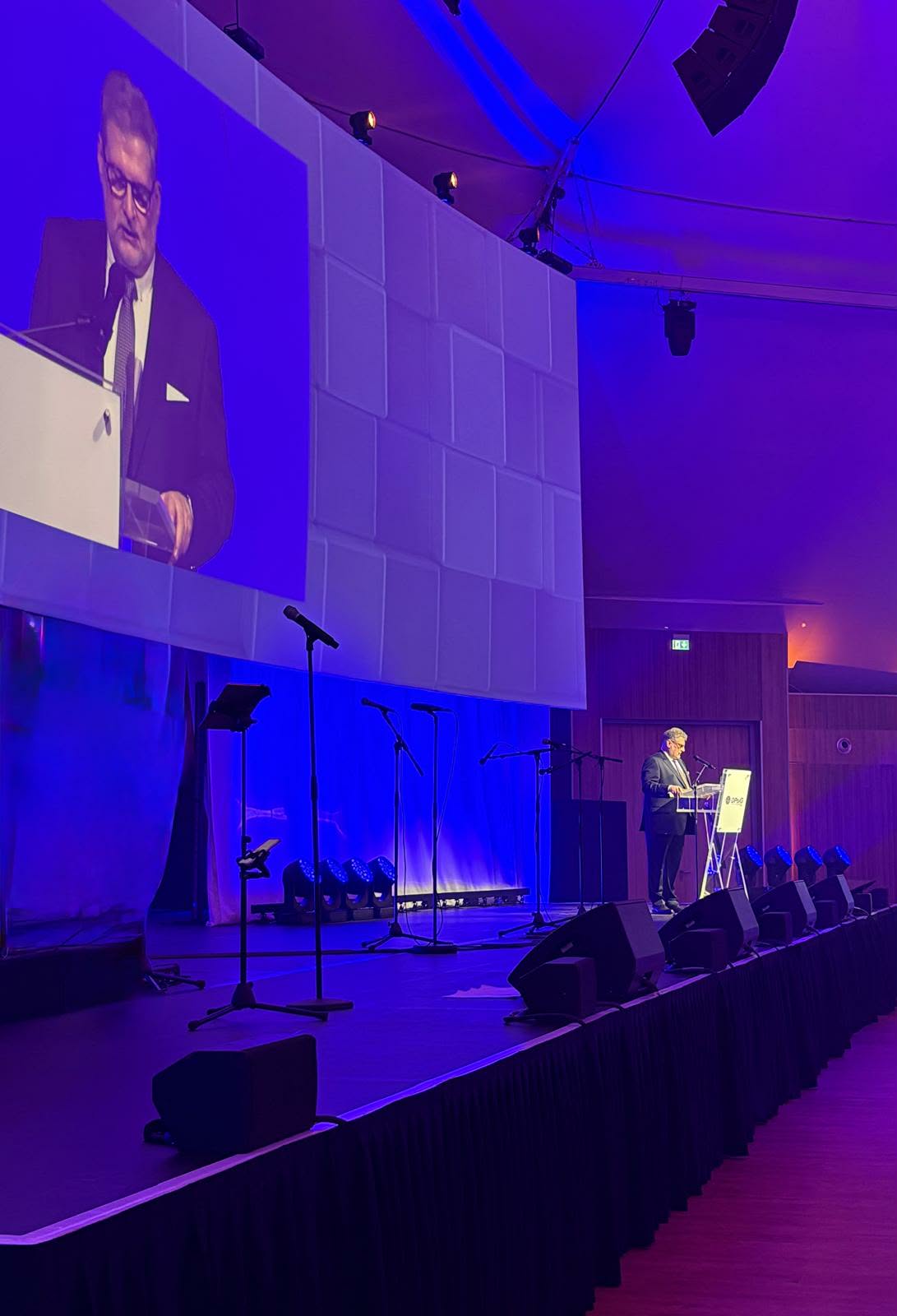
Recently, the Ministry of Climate and Environment has published a illustration that suggests that energy from renewable sources (RES) is almost twice as inexpensive as that produced from coal. However, the analysis prepared by the Brokerage Office of Bank Pekao and the expert comments indicate that the situation is not as clear as the ministry is trying to present. Are RES truly as profitable as the ministry says?
Energy costs: 2 different visions
According to the Ministry of Climate and Environment data, the cost of producing power from hard coal is as much as 861,7 PLN/MWh and from lignite 697,9 PLN/MWh. In turn, the energy from wind and sun is to cost only 316-339 PLN/MWh. These figures would show a immense advantage of RES over conventional energy sources.
However, the analysis of the Bank of Pekao's Brokerage Office brings very different conclusions. According to their calculations, the cost of energy in fresh coal blocks is only PLN 358/MWh – more than twice as much as the ministry suggests. Moreover, energy from offshore wind farms is expected to cost 444 PLN/MWh, which is more than production from fresh coal blocks.
Why is energy in Poland so expensive?
CO2 costs account for between 59% (old blocks per coal) and 68% (blocks per lignite) of electricity generation costs.
For gas blocks, CO2 costs are only 25%, but gas costs are > 80% higher than coal pic.twitter.com/0e0VKqvp5h
— Pekao Makler Office Analysis (@BM_PekaoAnalisy) March 6, 2025
Methodology: key to knowing differences
One of the main problems in assessing these data is the deficiency of transparency of the methodology utilized by the Ministry of Climate and Environment. The Ministry's data come from the Energy marketplace Agency, which is simply a State-owned subsidiary, but the detailed assumptions and calculation have not been disclosed.
The analysis of Bank Pekao is based on transparent assumptions. It takes into account the price of coal, gas, CO2 and the euro. The Bank details the cost components, including the impact of CO2 emanation allowances, which importantly increase the cost of producing energy from fossil fuels.
Ignored RES costs
Marek Tucholski, the Energy Confederation's expert, points out that the Ministry's illustration can be manipulated. In his opinion, the ministry overstated the cost of fossil fuels while at the same time ignoring the costs of integrating RES.
"The Climate Ministry wants to convince us that coal and gas are highly costly energy sources, and RES is simply a inexpensive alternative. However, their illustration appears to be manipulated – fossil fuel costs have been overstated, RES integration costs have been disregarded and no calculation structure has been given. The BM Pekao data are much more transparent and show how much the EU's CO2 costs have had an impact on prices," Tucholski emphasises.
The expert besides draws attention to problems related to the instability of RES. Coal power plants are not presently operating optimally due to the fact that their work is disrupted by changing weather conditions. erstwhile the wind blows or the sun shines, the coal power plants are "suspensioned" and erstwhile RES do not produce energy, the blocks must be "powered" again. This increases operating costs and reduces productivity, which besides affects CO2 emissions.
The Ministry of Climate and Environment published a illustration showing energy costs. It shows that energy from coal and gas is very expensive, and that from wind and sun almost twice as cheap. But is it true? Let's look at another illustration – this time prepared by Bank Pekao, which... pic.twitter.com/fT2QQNlAAc
— Marek Tucholski (@tucholski_marek) March 13, 2025
What's next with RES?
The Ministry of Climate and Environment has not provided a detailed methodology for its calculations, which raises doubts as to the reliability of the data. At the same time, Deputy Minister of Climate, Anna Hennig-Kloska, announced that the illustration presented was the perfect reason to change the law and increase backing for RES.
But are RES truly as profitable as the ministry says? The analysis of Bank Pekao and the expert comments show that the situation is more complex and that the costs of integrating RES and their impact on the stableness of the energy strategy are frequently overlooked in the discussion.
Summary
The debate on energy costs in Poland shows how crucial transparency and reliable methodology is in presenting data. Although RES have many advantages, their actual cost and impact on the energy strategy require deeper analysis. Before deciding to proceed financing renewable energy sources, it is worth carefully examining all aspects to avoid unnecessary costs and risks to the country's energy stability.
More here:
Is RES truly cheaper? Climate hotel illustration chart looks manipulated

















